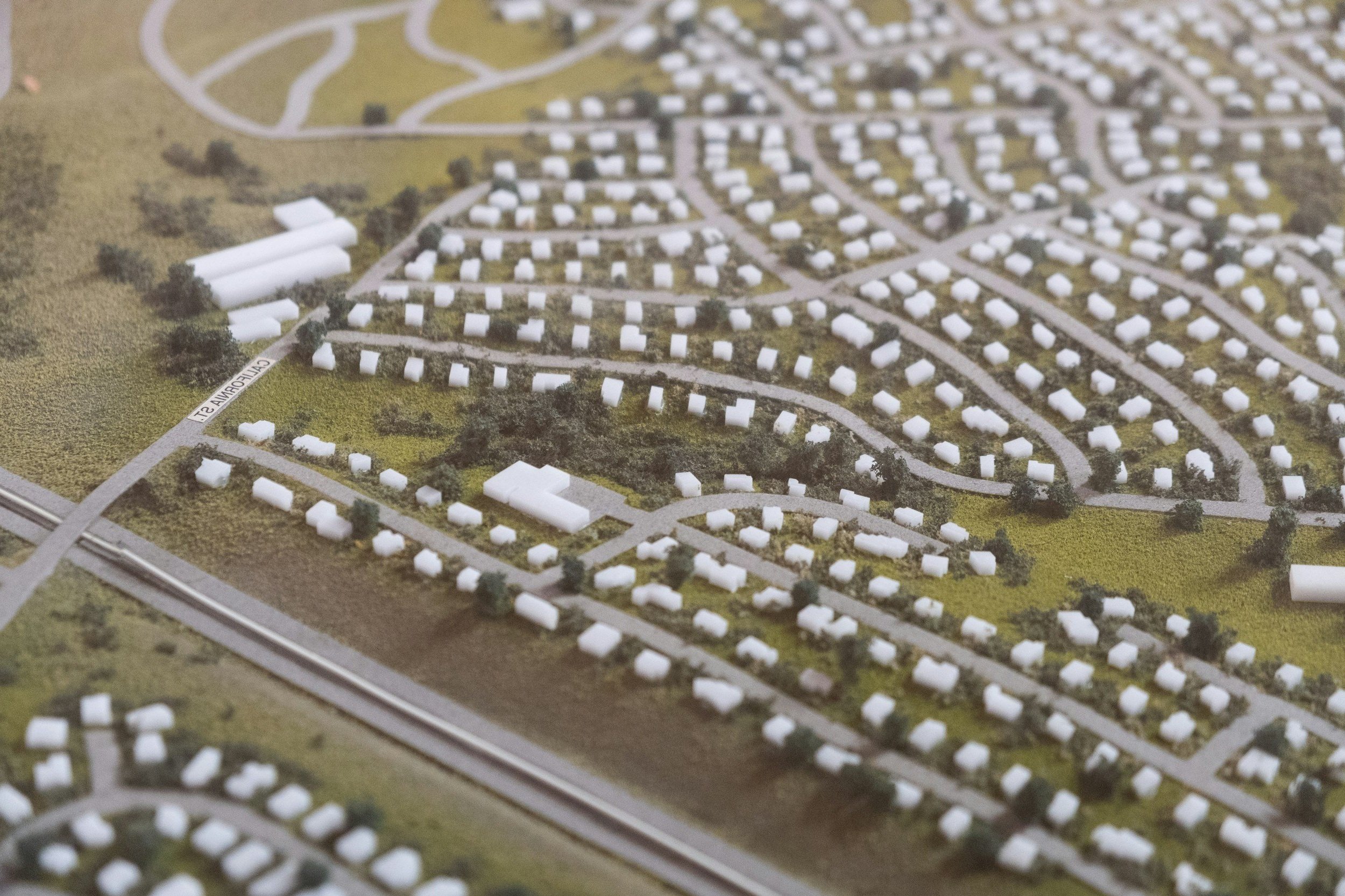
Planning & Development
BS5837:2012 Tree Surveys and Tree Constraints Plan
After gathering all the necessary information, we will schedule a convenient time to conduct the tree survey. The survey will be carried out in compliance with the standards outlined in BS5837:2012 - Trees in Relation to Design, Demolition, and Construction.
The survey is designed so that the tree details recorded can be used by architects and designers, to enable them to produce a development layout which takes into consideration the surrounding trees and landscape, whilst also enabling the retention of higher quality trees.
The time required for a survey to be undertaken will vary between sites. For smaller sites, a survey will typically be completed within one day but for larger sites, this can take up to several days.
All information is recorded using GIS mapping software which leads to a Tree Constraints Plan (TCP) being created. This plan shows the location of trees along with their outlined canopies and root protection areas (RPA).
The Tree Survey and Tree Constraints Plan are often the minimum requirements for most local authorities.
Arboricultural Impact Assessment
Once a detailed plan of the proposed layout is produced, this can then be used to assess the specific impacts which the development poses to the trees. These details are included in an Arboricultural Impact Assessment (AIA).
Impacts are assessed for their significance, which will enable management decisions for the retention, pruning or removal of trees.
This information also allows for practical solutions to be recommended for appropriate measures for mitigation and can assist with overcoming issues relating to the construction of building foundations and hard landscaping.
Arboricultural Method Statement and Tree Protection Plan
Following the AIA, an Arboricultural Method Statement (AMS) will be created alongside a finalised Tree Protection Plan (TPP).
This will include the specific details of the working method requirements during the construction phases and the necessary protective measures which will need to be in place during the development, such as protective fencing and ground protection.
Collaboration among design and construction professionals is crucial to ensure a coordinated approach when creating an effective arboricultural method statement. This guarantees that all development activities affecting trees, including site level changes, utility installation, roads, foundations and landscaping, are appropriately mitigated.
Site Monitoring and Supervision
At certain stages during the development, it may be necessary that monitoring and supervision are required. This allows for advice to be provided as issues arise during the relevant stage of work, and to ensure working methods are adhered to.
A report summarising the details of supervision is typically produced to document the works undertaken and provided to the Local Planning Authority.




